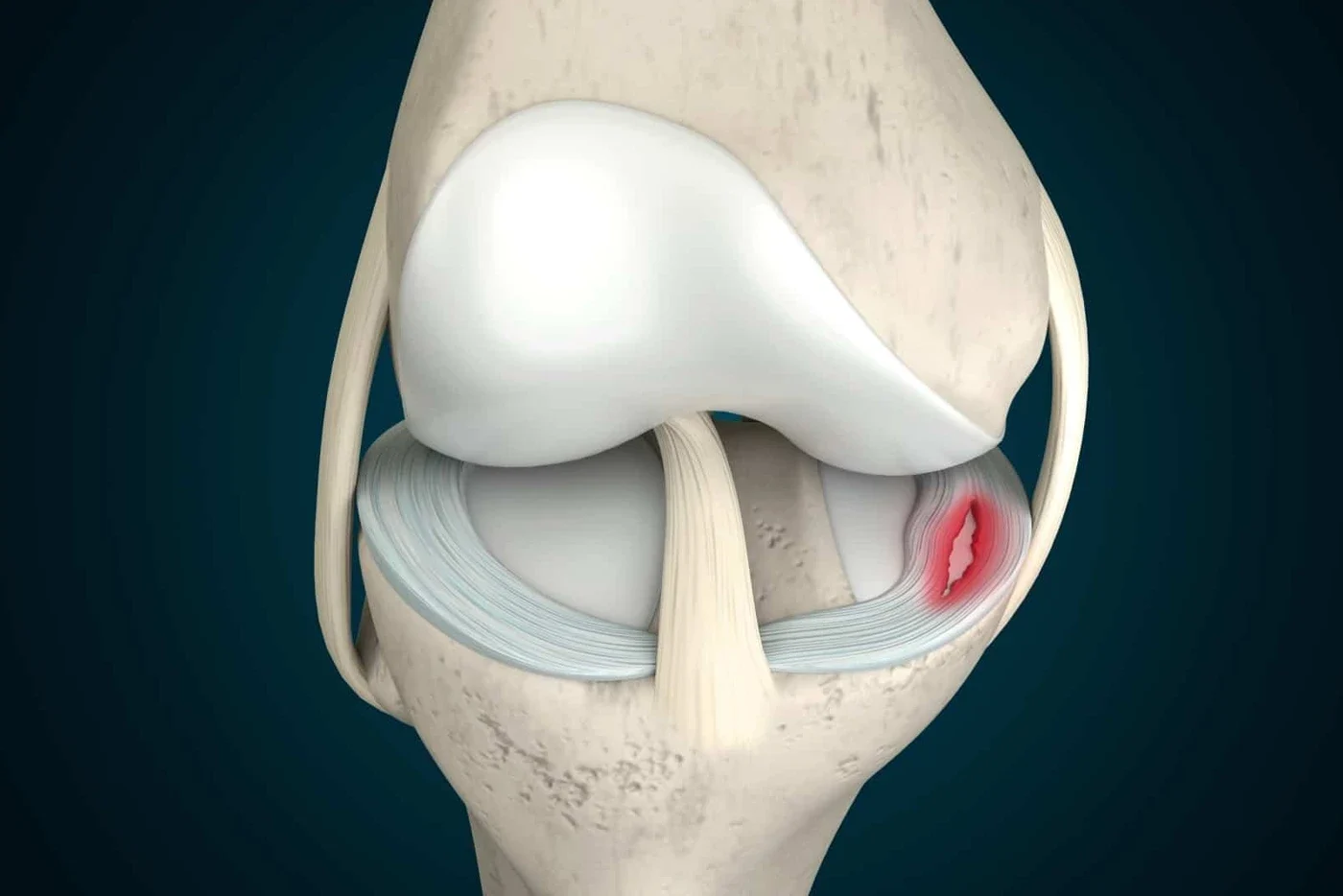Meniscus Tear
- Acromioclavicular Joint Dislocation
- Achilles Tendon Injuries
- Ankle Problems
- Cruciate Ligament Injury
- Orthopedic Problems of Dancers
- Knee Problems
- Ganglion Cyst
- Hallux Rigidus
- Hallux Valgus
- Carpometacarpal Joint Arthritis
- Meniscus Tear
- Orthopedic Problems of Musicians
- Olecranon Fracture
- Shoulder Dislocation
- Shoulder Problems
- Osteoartrit
Contact Us
You can contact us to answer your questions and find solutions for your needs.
M. Tibet Altuğ M.D. Contact
M. Tibet Altuğ M.D.
Meniscus Tear
The location, shape, and size of the tear in the meniscus are crucial in planning the treatment.
The location, shape, and size of the tear in the meniscus are crucial in planning the treatment.
Menisci are crescent-shaped, elastic cartilage located on the weight-bearing surface of the knee joint. They serve multiple functions, including expanding the weight-bearing surface, improving the alignment of the joint surfaces, preventing abnormal movement, and distributing synovial fluid over the cartilage surface, acting as shock absorbers.
When the leg is straight, the menisci bear 50% of the body’s weight. When the knee is bent at 90 degrees, they bear 90% of the weight. The lateral meniscus is biomechanically more important than the medial meniscus.
Meniscus injuries are among the most common orthopedic injuries. The location, shape, and size of the tear in the meniscus are critical for treatment planning. Meniscus tears can be treated using both non-surgical and surgical methods.
Non-Surgical Methods:
Not all meniscus tears require surgical treatment. “Stable” tears that do not cause symptoms like locking or catching in the joint, short tears, or degenerative tears commonly seen in osteoarthritic knees do not require surgery. In such cases, treatment is directed at the patient’s symptoms. Common methods include ice application, anti-inflammatory medications, physical therapy to regain joint range of motion and strength in surrounding muscles. Additionally, high-intensity laser therapy (hiltherapy), manual therapy, matrix rhythm therapy, kinesiotaping, and dry needling treatments may also be utilized.
Surgical Methods:
Meniscectomy: This involves the partial or complete removal of the meniscus. The fewer meniscus tissues removed, the better the long-term results. Only the part of the meniscus causing mechanical issues (like catching or locking) is removed. This surgery is performed using an arthroscopic (minimally invasive) technique, and patients typically return to their daily activities quickly.
Meniscus Repair: Given the essential role of the menisci, repairing them is vital. Not all meniscus tears are suitable for repair, but those that are should always be repaired. In knees without ligament problems, success rates for meniscus repair vary between 70-95% depending on the technique used.
Meniscus Transplant: This has been in use for over 15 years and is applied in patients who continue to experience symptoms after partial or total meniscectomy. However, candidates should not have lower extremity alignment issues, significant ligament damage, or severe cartilage problems.

